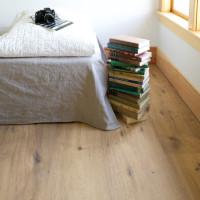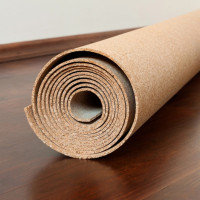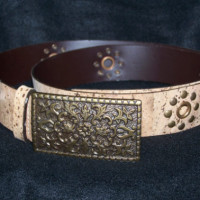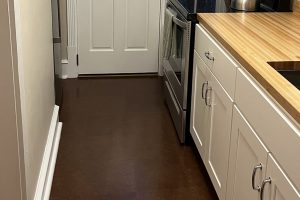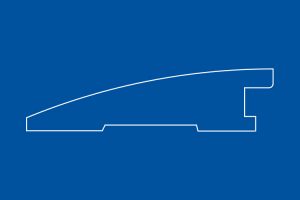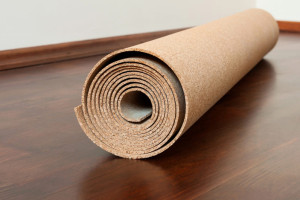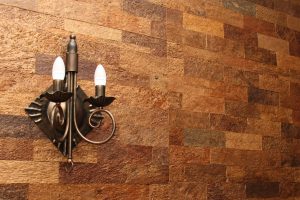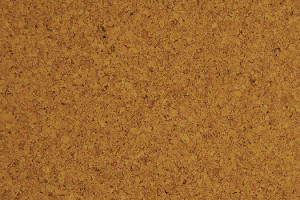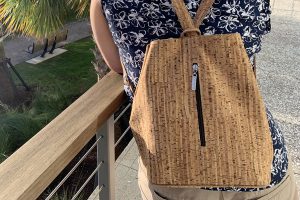A collection of our glue down cork flooring products. Glue down flooring comes in a wide verity of patterns and finishes to match with any decor. Glue down cork products are great for commercial applications such as churches, libraries, educational buildings and hotels.
Products
A collection of our floating click together cork flooring products. WE Cork floating floors are a glueless flooring system that use a Uniclic locking mechanism on each edge of the planks to lock the planks together. Floating floors are easy to install, durable and will provide all of the natural benefits you expect from cork flooring!
Made-to-Order WE Cork offers a wide variety of 78″ long wood moldings (or “mouldings”) that are stained to match any of our cork floating floors. As moldings are made-to-order and ship from Tennessee, please allow 2-3 weeks lead time. The cost for shipping moldings via Fedex is as follows: 1-5 $45 10+ FOB Molding Types […]
For sound control and stress crack protection under ceramic tile, marble and hardwood floors.
Order Samples or Full Sheets in our new online store! WE Cork Wall Coverings are a unique and beautiful way to transform any room! Our Bark and Brick patterns offer stunning decor with unique, natural and rustic visuals. This beautiful and sustainable cork material is harvested every nine years in the Mediterranean, where the bark regrows […]
Expansion joints provide a perfect sealant between concrete sections which expand and contract under different weather conditions.
The following fashion accessory items shown below are now available through WE Cork, Inc.

